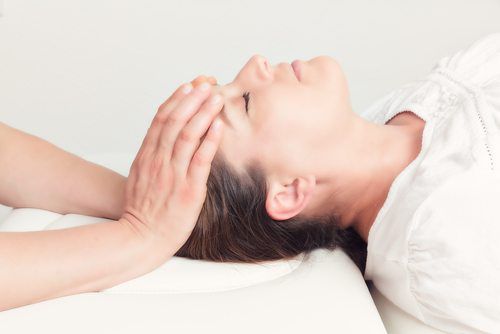.
Headaches And Things You Should Know
Headaches are one of the most common health conditions nowaday. It is likely that all of us will experience headaches at some stage, and at any given time, 15% of us are taking pain relief medications for a headache.
1. Different types of headaches
Tension headaches
Tension headaches are the most common type of headache, affecting two out of three people at some stage during their lifetime. Tension headaches are often described as involving the feeling of a tight band around the head and are often associated with muscle tightness in the head, neck or jaw.
Neck headaches
Neck headaches – often referred to as cervicogenic headaches – result from pain referred from an underlying neck issue.
Cluster headaches
Cluster headaches are considered to be one of the most painful types of headaches. They often awaken people in the middle of the night with intense pain in, behind, or around the eye on one side of the head.
Migraines
Migraines can result in severe throbbing or pulsing pain, usually on one side of the head. This is often associated with other symptoms, such as nausea, vomiting and sensitivity to both light and sound.

2. How physiotherapy can help with headache?
Physiotherapists are experts in posture and movement of the body and are well-placed to diagnose, manage and prevent some of the common types of headaches.7
Physiotherapists will be able to determine, for example, if issues with the soft-tissue in your neck are contributing to your headaches. In this case, you could benefit from specific physiotherapy for neck headaches, which might include techniques such as manipulation, functional and rehabilitation exercises, postural assessment and correction, relaxation therapy, massage and mobilisation.
Your physiotherapist can also provide advice on ways to help prevent and manage some of the common underlying causes of headaches by focusing on different aspects of your lifestyle. Examples include:
Posture – Your posture is very important. Think tall with your chest lifted, shoulders relaxed, head level and chin tucked in.
Work – Avoid working with your head down for long periods of time, and frequently stretch and change positions.
Sleeping – Poor sleeping positions can strain your neck. Your physiotherapist can advise you on which type of pillow may be best for you.
Exercise – Your physiotherapist can show you specific exercises that help with tight or weak muscles and can help you to restore normal function.
Relaxation – Learning to recognise when you are tense is an important component of tension headache physiotherapy. Your physiotherapist can show you a range of relaxation techniques that can help manage this.
Your physiotherapist will often work closely with your local GP, particularly in the case of complex headaches. Physiotherapy for migraines, for example, won’t often be recommended until after you have seen your doctor.

3. Best place for curing headache in HCMC
If you are suffering pain of headache, why don’t you come to Lotus Clinic? Located at 33/16 Ly Van Phuc Street, Tan Dinh Ward, District 1, Ho Chi Minh, Lotus Clinic is the best place to massage with affordable price. The most special thing at Lotus Clinic that you will be massaged by ceritified doctors not a massage therapist. Before delivering therapy, the doctors will ask your current situation and decide which therapy should be applied. If you are staying quite far away from our clinic and still want to experience our therapy? Don’t worrry, Lotus Clinic also have massage therapy at home. With the team of nearly 20 doctors, we could help you to deliver massage therapy at anywhere in Ho Chi Minh City. If you have any question so far or want to book an appointment right now, call us 0778899207.
